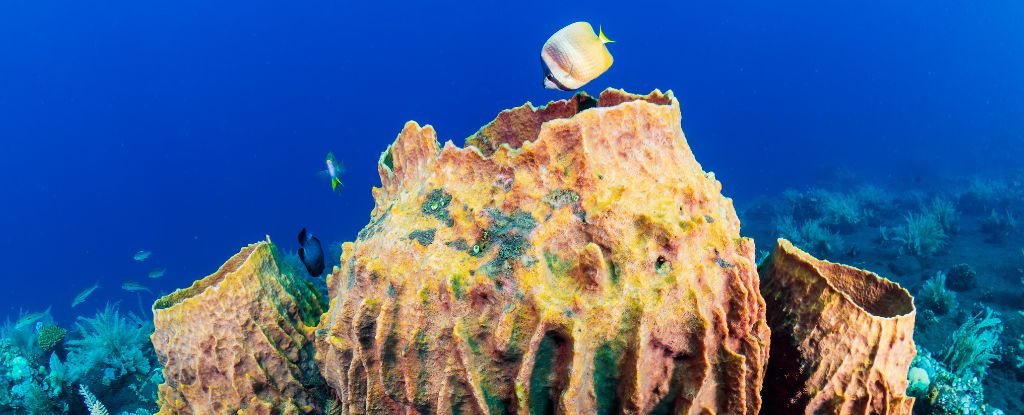A fascinating new discovery from England’s Isle of Wight has unveiled a previously overlooked dinosaur, Istiorachis macarthurae, which is marked by an extraordinary sail along its back and tail. These fossils, which sat in a museum for decades, have now become a source of scientific intrigue, shedding new light on the roles of social signals in the dinosaur world. Jeremy Lockwood, a retired general practitioner studying for a Ph.D., led the research that revealed this plant-eating dinosaur’s striking features and raised questions about its evolutionary purpose.
Rediscovering the Fossils
The Istiorachis macarthurae fossils had been quietly stored in a museum collection, waiting to be examined closely. For years, no one recognized their uniqueness. Initially, they were dismissed as belonging to a previously identified species, but a closer inspection revealed otherwise. “
While the skeleton wasn’t as complete as some of the others that have been found, no one had really taken a close look at these bones before,” Lockwood explained. “It was thought to be just another specimen of one of the existing species, but this one had particularly long neural spines, which was very unusual.”
This overlooked specimen, dating back to around 125 million years ago, belongs to the iguanodontian family, which also includes the well-known Iguanodon. The unusual feature, the long neural spines, turned out to be crucial in identifying this new species. These spines pointed to a sail-like structure that could have played a vital role in social interactions, rather than being a mere anatomical oddity.

Image credit: University of Portsmouth
The Role of the Sail: Display or Defense?
One of the most compelling features of Istiorachis macarthurae is its sail-like structure. The dinosaur’s unusually tall neural spines would have supported a soft tissue sail along its back and tail, which begs the question: What purpose did this sail serve? Scientists have long debated the role of such structures in ancient animals, with theories ranging from thermoregulation to sexual display. In the case of Istiorachis macarthurae, the latter seems to hold more weight.
The placement of the neural spines in highly visible areas, such as the back and front of the tail, strongly suggests that the sail functioned as a visual display. These spines would have acted like “billboards” visible from a distance, signaling social cues to other dinosaurs. Whether used to attract mates, ward off rivals, or establish dominance, the sail likely played a critical role in the social dynamics of the species.

A Unique Evolutionary Path
Istiorachis macarthurae belongs to a subgroup of iguanodontians known as styracosternans. These medium- to large-bodied herbivores are part of a broader evolutionary lineage that eventually gave rise to the duck-billed hadrosaurs. The Wessex Formation, a geological site known for its rich fossil deposits, has yielded numerous iguanodontian remains, but none with the distinct sail of Istiorachis macarthurae.
The research surrounding this dinosaur has prompted scientists to reconsider the evolutionary pressures that led to the development of such specialized features. In examining the broader group of iguanodontians, the study found that elongated neural spines emerged gradually over time. However, it wasn’t until the Early Cretaceous that certain species, like Istiorachis macarthurae, exhibited truly hyper-elongated spines. This suggests that different evolutionary factors may have influenced the development of these structures, with visual display being a central factor for Istiorachis macarthurae.
Implications for Dinosaur Social Behavior
The discovery of Istiorachis macarthurae offers a fresh perspective on the social behaviors of herbivorous dinosaurs. While much of the focus in paleontology has traditionally been on physical traits like teeth and speed, this new finding highlights the importance of social signals in these animals’ lives. The sail likely played a significant role in communication, particularly in mating rituals or territorial disputes.
Sexual selection, rather than survival tactics, could have been the driving force behind the evolution of the sail. Traits that helped individuals stand out in social contexts would have increased their chances of reproduction, even if those traits didn’t necessarily improve survival in a direct way.
Source link


